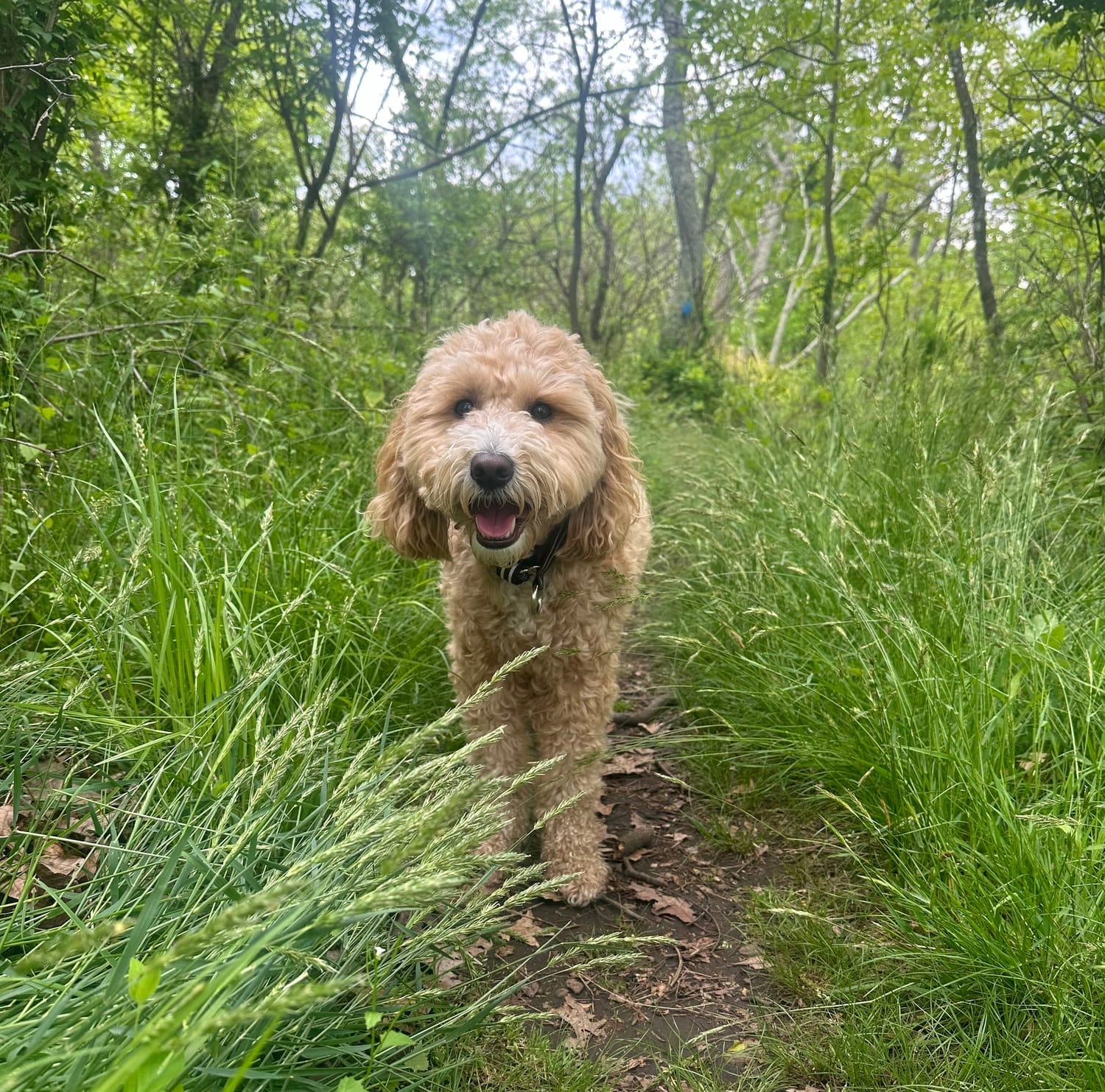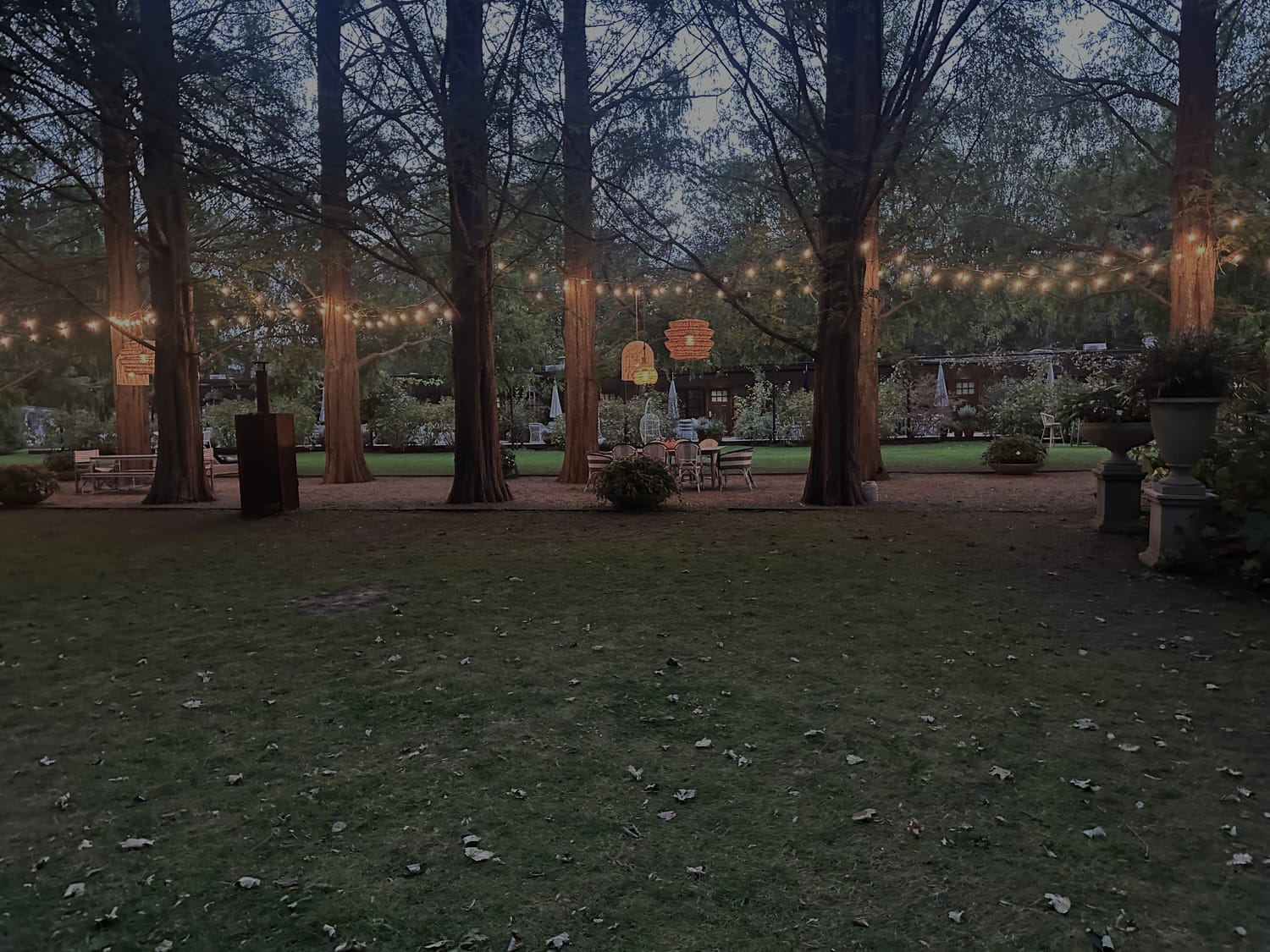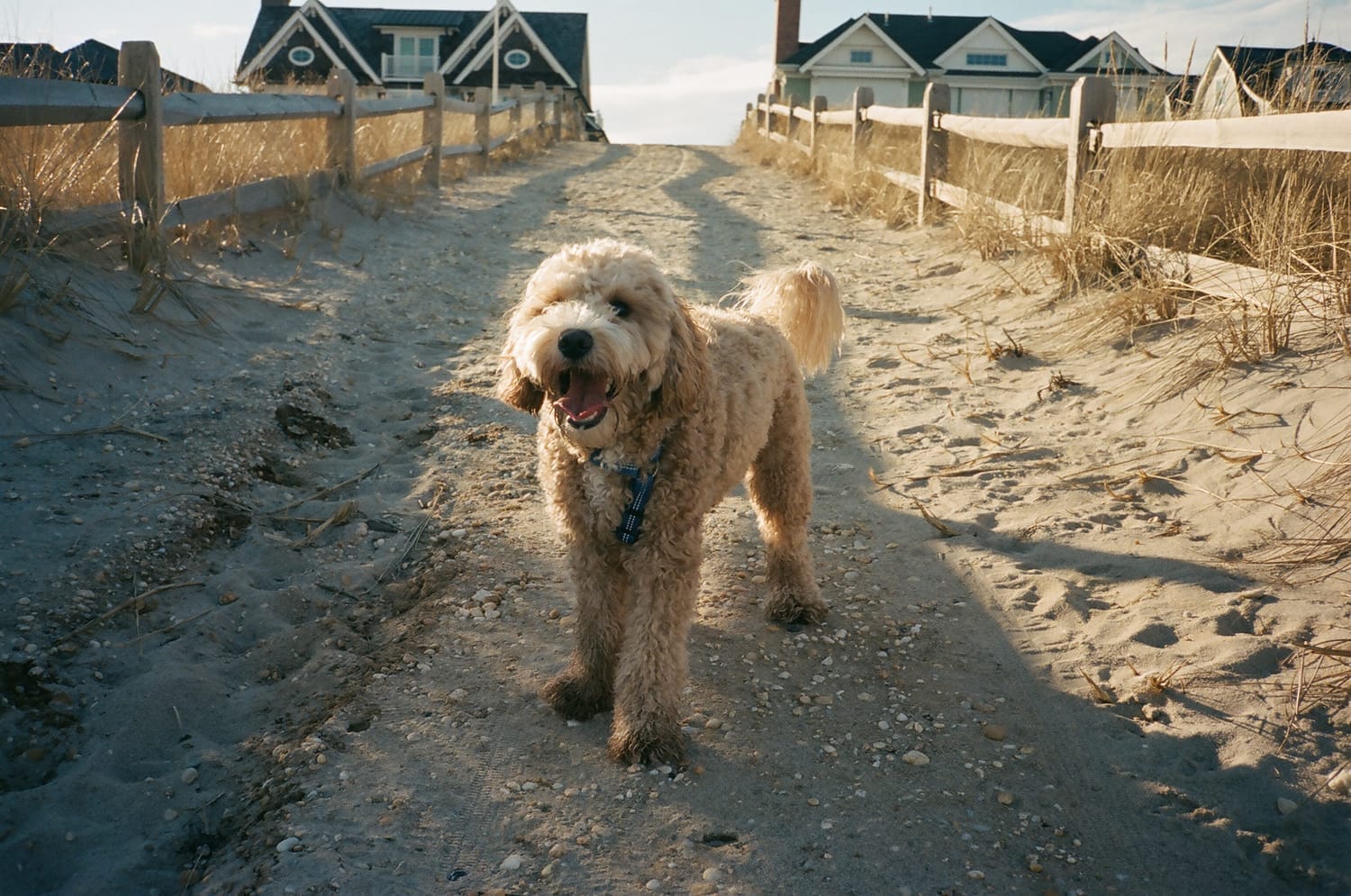How to Walk Your Dog Safely in Busy, Crowded Streets
City sidewalks never slow down—there’s noise, motion, food smells, bikes, strollers, and people everywhere. For dogs, it’s exciting but overwhelming. For you, it can feel like trying to guide a toddler through Times Square. The good news? With the right techniques and gear, urban walks can be smooth, safe, and even enjoyable. Here’s how to keep your dog protected in the busiest streets.
Guide to protecting your pup in high-traffic areas
1. Choose the Right Leash & Harness (It Matters More in the City)
Crowded sidewalks make retractable leashes risky. They tangle easily, give you less control, and can allow your dog to dart unexpectedly into people, bikes, or the street.
Best practice:
Use a 4–6 ft non-retractable leash
Pair it with a secure, no-pull harness
Avoid loose attachments or worn clips
Why: A short, fixed leash allows you to guide your dog around people, construction zones, and sudden distractions without the lag that retractables create.
Tip: Keep the leash slack but close—not tight—so your dog can walk comfortably but stays within your control radius.
2. Walk With Your Dog on the “Inside” Away From the Road
This is a simple but powerful rule most new city dog owners don’t know.
Always position your dog so they walk between you and the building side, not the traffic side.
Why it helps:
Your body becomes a buffer from passing cars, cyclists, scooters, and people stepping off curbs.
Dogs naturally veer toward smells and trash; keeping them away from the curb prevents them from stepping into the road.
Reduces the chance of a leash getting caught on street signs, e-scooters, hydrants, or bike racks.
3. Master the “Stop & Wait” Cue
Crowded streets mean unexpected situations—someone spilling food, a stroller backing up, a skateboarder flying past, a trash bag opening up with a smell strong enough to summon your dog’s deepest instincts.
A solid “Stop”, “Wait”, or “Sit” cue creates a pause button for safety.
Practice it:
Start at home or in a hallway
Reward consistent stopping
Use it before crossing streets or navigating tight crowds
This gives your dog a predictable pattern and helps them feel secure when the environment gets chaotic.
4. Keep Walks Calm by Controlling the Pace
Fast, rushed walks can overstimulate your dog. Set the pace to something steady and predictable, especially in dense areas like:
Downtown commercial zones
Near subway entrances
Outside schools or daycare pickup times
High-tourist areas
A calmer pace helps your dog stay regulated and reduces pulling, lunging, and anxiety responses to crowds.
5. Teach a “Close” or “Heel” for Tight Spaces
In narrow or high-traffic zones like bottleneck sidewalks, outdoor dining setups, or construction scaffolding, teach your dog to walk close to your leg on command.
You don’t need a strict competition-style heel—just a reliable “stay beside me until we’re through this crowd.”
Reward generously in the beginning so your dog understands this is a temporary “safety mode,” not the entire walk.
6. Make Yourself More Visible at Night (City Drivers Don’t Expect Dogs)
Cars turning quickly. Cyclists weaving. Headphones everywhere. Urban nights are beautiful but busy.
Make visibility part of your regular gear:
Reflective harness
Reflective or LED leash
Small clip-on collar light
Light-colored clothing for you
The goal: Let drivers and cyclists see your dog before they see you.
Created with ©systeme.io






